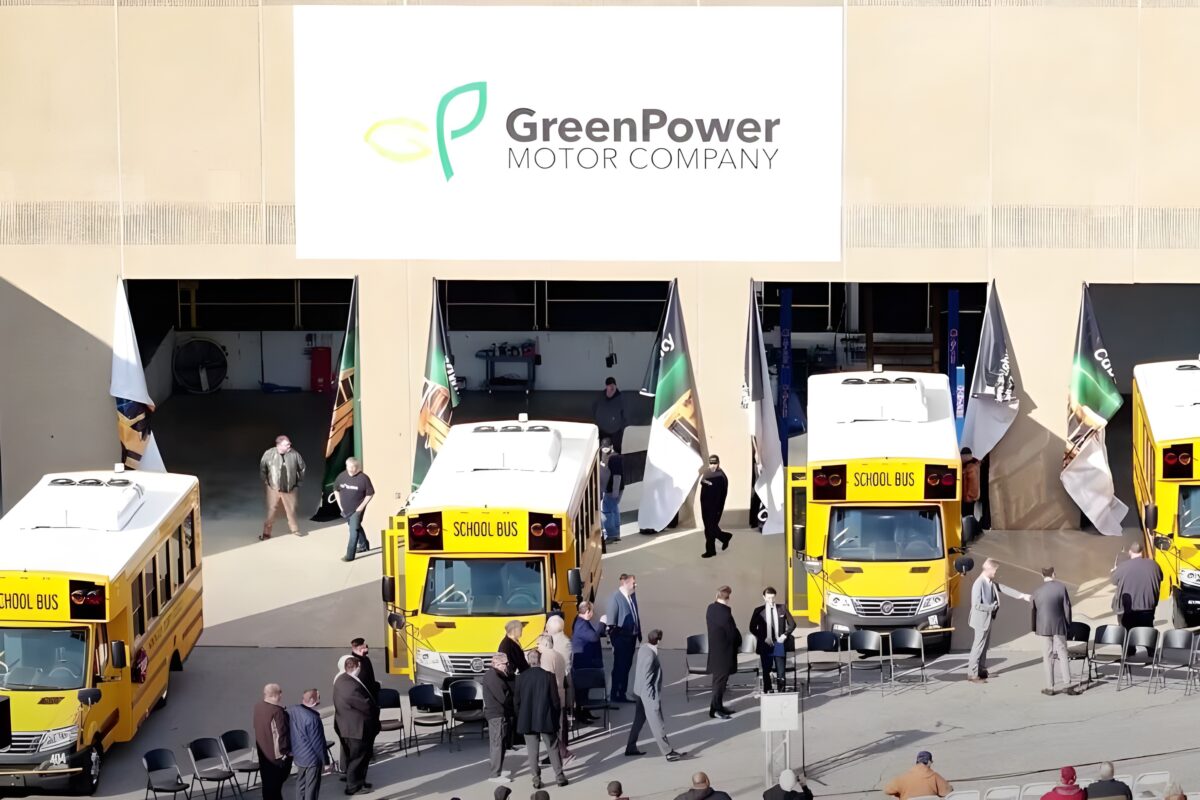Is this a golden age for the global truck industry? Breathless hyperbole, perhaps, but it’s certainly one of the most upbeat periods in trucking: truck sales have reached an all-time high, profits are strong, and so too are operating margins. Perhaps the real question should be, is the industry in a strong enough position to ride the evolutionary and revolutionary changes which it will face over the next ten years and beyond?
“Global sales of 6t-plus trucks have been on a rising trend for the past 22 years as a CAGR of 3.84% has taken demand from 1.49 million units in 1996 to 3.43 million in 2018. This level of sales represents an all-time peak for the second successive year.” So opens the 22nd edition of Automotive World’s annual truck industry report, ‘The World’s Truck Manufacturers’.
Not surprisingly, much of the growth in the industry can be attributed to the growing Asian markets, particularly in China and India, as the report notes: “Growth in Asian demand has contributed most to this rising trend, accounting for about 34% of demand in 2000, then peaking at 62% in 2010 and only slightly lower at 59% in 2018 as Chinese demand plateaued at a high level.”
Truck makers around the world should reap the rewards of this most successful period in the truck industry’s history, but begin now to prepare for the changes that are coming. Just in ‘case’
Other major markets have also contributed to the recent market high: “In 2018, the global market for 6t-plus trucks rose by 5.5% with double-digit increases in NAFTA and South America and smaller rises in Asia and Europe.”
From cab style and truck power to expectations of cost and value, premium and quality, the regional differences in truck demand are much greater than in the passenger and light vehicle sector; with that in mind, it is interesting to consider the dominance of the major global truck manufacturers. According to the report, almost 65% of the 6t-plus truck industry volume is accounted for by the ten largest truck groups. Add in Dongfeng and Beiqi Foton, which have joint ventures with Volvo Group and Daimler respectively, and that would increase the top ten producers’ share of global truck output in 2018 to over 70%. As the major truck groups strengthen, the challenge increases for new entrants seeking to make a significant impact on the market.
Consolidation has led to notable change in the shape of the truck industry in recent years, but there is still room for movement, with a number of obvious opportunities for further consolidation. The alliances formed recently by Traton—VW’s truck group—with Navistar and Hino “may bring some additional pressure to bear on its competitors,” notes the report. Iveco has long been talked about as a potential M&A target, and the report identifies the Italian brand alongside Hyundai as “medium-sized players wanting (needing) to step up to the global league”. When it comes to potential M&A candidates, look, too, for brands seeking to grow beyond their markets’ borders; Ashok Leyland and Tata, for example, are giants in the Indian market, and keen to develop new markets, something they would be much better able to do in some kind of partnership with another, larger truck group.
Truck sales have reached an all-time high, profits are strong, and so too are operating margins, all of which put the industry in a strong position to ride the evolutionary and revolutionary changes which it will face over the next ten years and beyond
“Like their counterparts in the light vehicle sector, the world’s truck makers face a period of significant upheaval as they strive to meet the particular challenges of CO2 reduction and autonomous driving as well as the more routine demands of maintaining a competitive product range and service offering,” notes report author Jonathan Storey.
“Fortunately, they have entered this period from a position of strength, with truck sales at all-time peaks and profits correspondingly strong,” Storey adds. “Eight of the world’s Top-11 truck makers now have a five-year average operating margin above 5%—at the turn of the century, only two exceeded this threshold.”
However, Storey cautions against confusing this strength with a guarantee of success in the rapidly evolving truck industry of even the near future. “A healthy industry is not a sufficient condition to meet the various technological challenges of the next decade, but it is a necessary one.”
And those challenges start with the letters C, A, S and E. Whether those exact terms and initials are used by any particular truck manufacturer, and regardless of whether they are used in that order or for some other acronym, CASE trends are widely regarded as having the most influence on truck makers’ strategic planning.
Anything that can improve the flow of freight, and the economics of truck driving, will delight drivers and fleet operators. For the truck makers, the challenge is to be in that race
A focus on connectivity—the “C”—may not seem to offer much change from the status quo; every truck manufacturer already has a connectivity platform of some kind, and fleet management is nothing new for those in freight movement. But as the quality of trucks improves, connected truck technology could be the secret sauce when it comes to differentiation.
As for the “A”, trucking is widely expected to be the first sector to see commercially viable applications of higher levels of automation, although the debate continues as to whether this will be to assist or take over from the human driver in highway applications, first and last mile or only in-depot. Indeed, some believe there could be a role for remote operation, and others—as mooted by Volvo’s Vera concept—believe there could soon be applications with no need at all for a human driver. A solution, perhaps, to the global problem of driver shortage and high driver turnover?
The importance to the truck industry of “S”—sharing—is yet to be clarified, but a crucial theme for trucking, and one which the truck makers should monitor closely, is digital freight matching. Anything that can improve the flow of freight, and the economics of truck driving, will delight drivers and fleet operators. For the truck makers, the challenge is to be in that race.
CASE trends are widely regarded as having the most influence on truck makers’ strategic planning
Electrification is coming; that much is clear, but the industry needs to work out how. Future contender Nikola Motor has now unveiled its offerings, and is bullish about the prospects for hydrogen fuel cell technology. Long-haul trucking is seen as the ideal space for fuel cell electrification, but in first and last mile applications, as well as fixed route operations such as public transportation and waste collection, battery electric could still be the answer.
These issues affect all truck makers, to some degree, in all regions—and the larger the truck maker, the more immediately these trends occupy management, strategy and investment. Smaller companies, and truck makers operating predominantly in emerging markets, however, must balance the need to accommodate CASE trends with the need to address more immediate and traditional issues: fuel economy and emissions reduction, safety, regulatory compliance, and demanding customers seeking high end product quality with low up-front costs and favourable total cost of ownership (TCO).
One thing is for certain: truck makers around the world should reap the rewards of this most successful period in the truck industry’s history, but begin now to prepare for the changes that are coming. Just in ‘case’.



